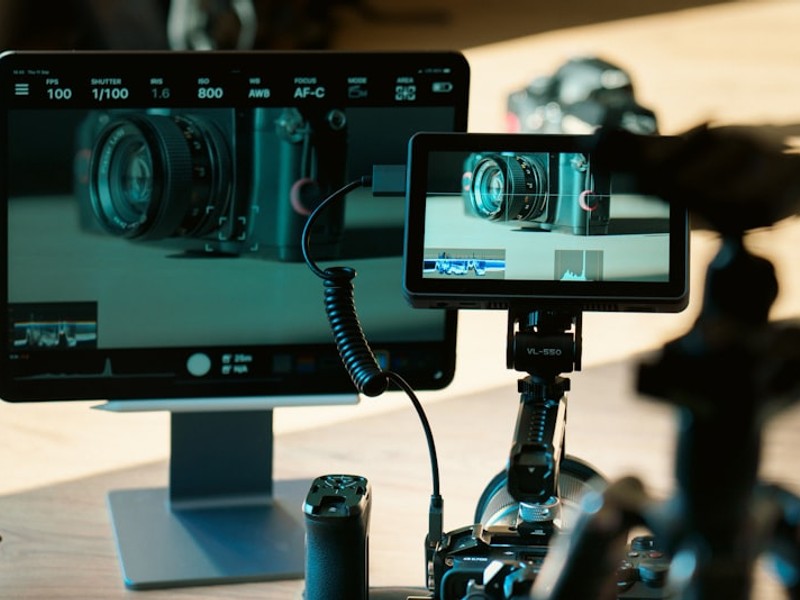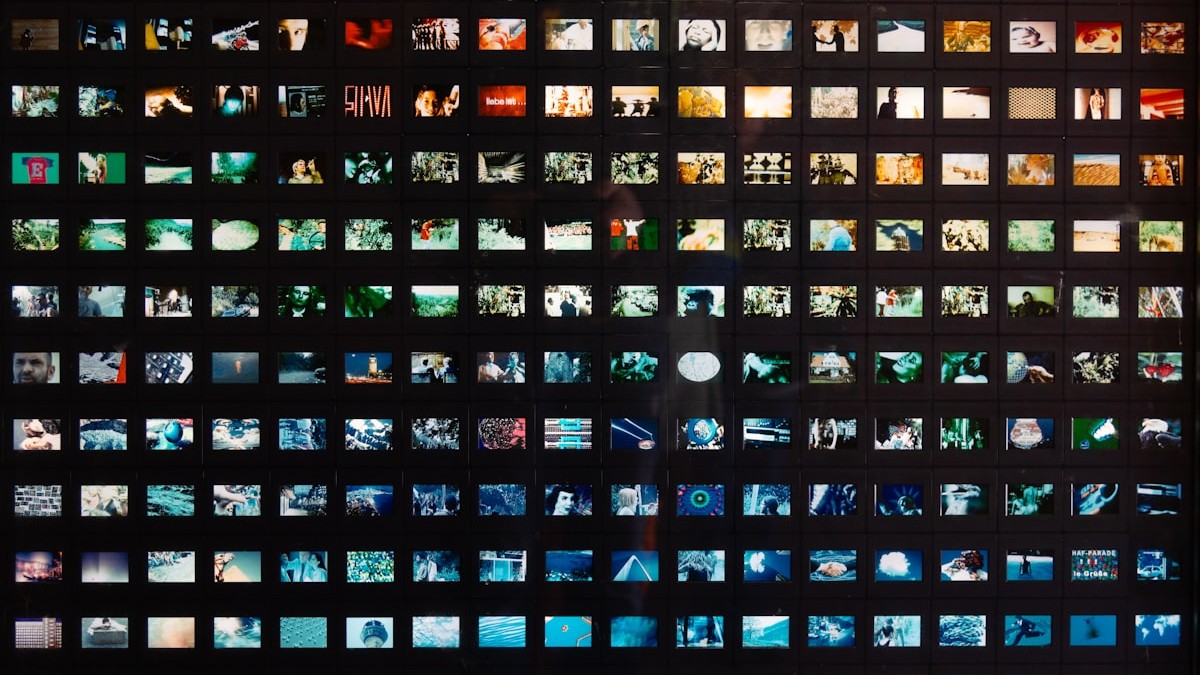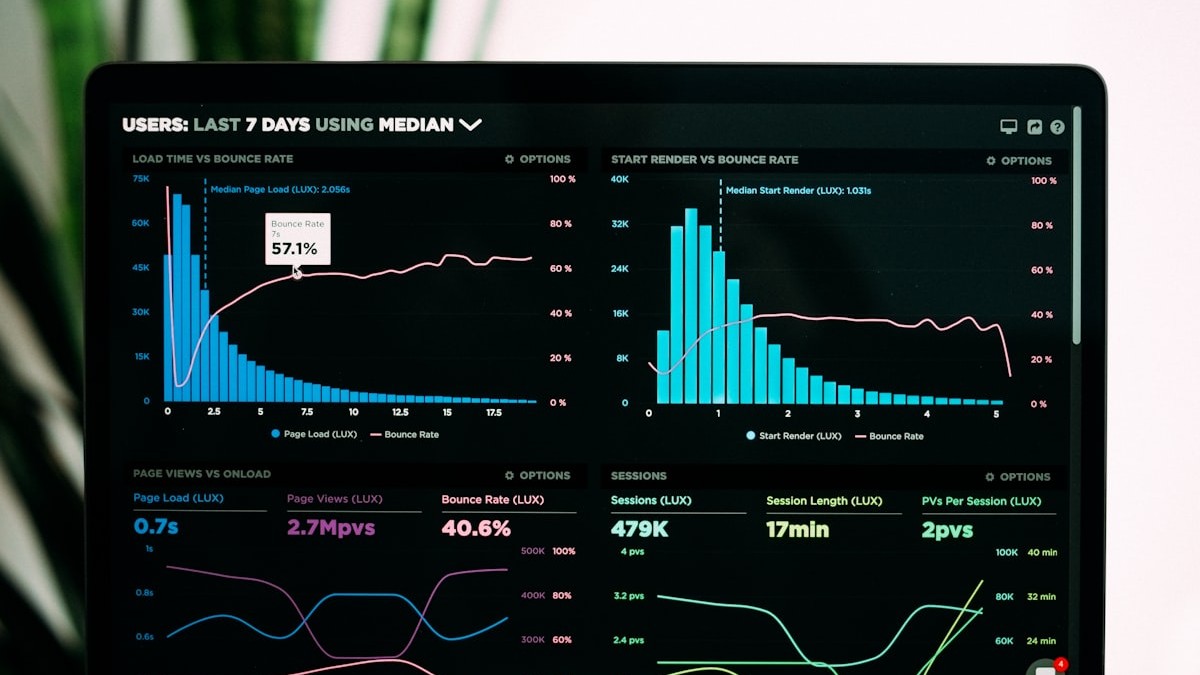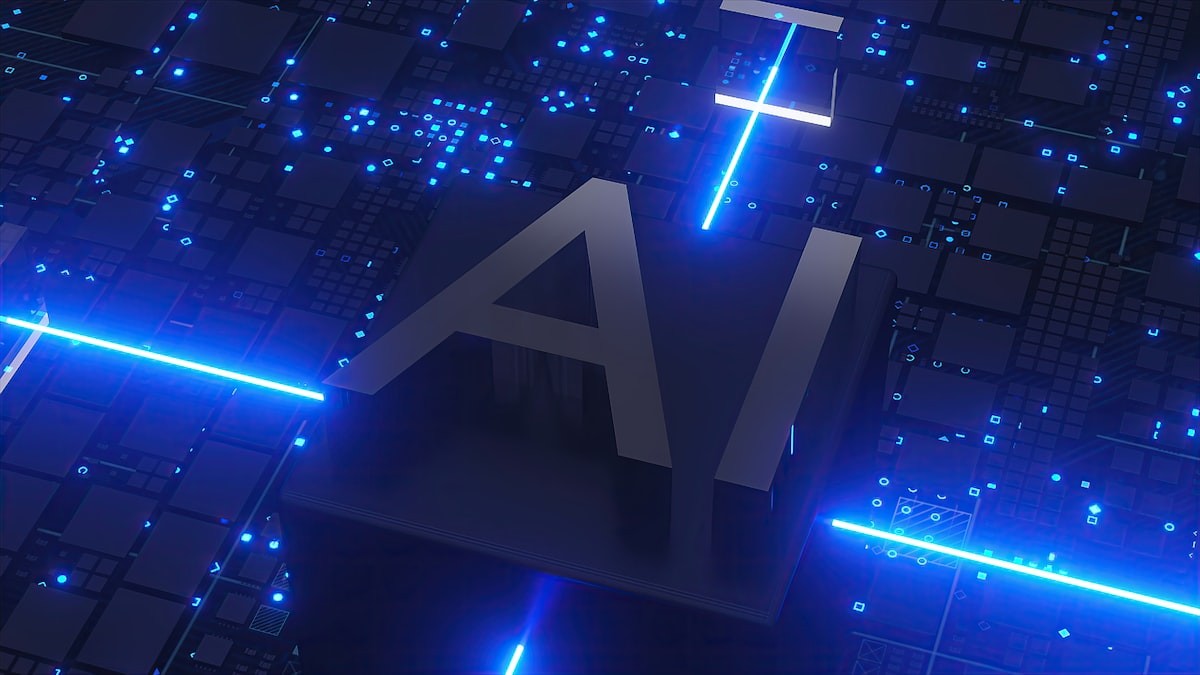Text-to-Video AI: Generate Stunning Videos from Text in 2024
Imagine turning a simple text prompt into a captivating video in seconds. That's the power of text-to-video / video generation AI, a groundbreaking technology transforming content creation, marketing, education, and beyond. In this comprehensive guide, we'll delve into the practical applications, current trends, and future possibilities of this exciting field. Whether you're a seasoned professional or an enthusiastic beginner, prepare to unlock the potential of AI-powered video creation.
1. What is Text-to-Video / Video Generation AI?

Text-to-Video AI: Generate Stunning Videos from Text in 2024 - Image 1
At its core, text-to-video / video generation AI refers to artificial intelligence systems capable of creating videos from textual descriptions or prompts. These systems leverage advanced machine learning models, including natural language processing (NLP), computer vision, and generative adversarial networks (GANs), to interpret the text and generate corresponding visual content.
How Does it Work?
The process typically involves these key steps:
- Text Input: The user provides a textual description, script, or prompt outlining the desired video content.
- NLP Processing: The AI analyzes the text, identifying key elements like objects, actions, settings, and emotions.
- Content Generation: Based on the NLP analysis, the AI generates visual elements, including images, animations, and 3D models.
- Video Assembly: The AI assembles the generated visual elements into a cohesive video sequence, often adding music, voiceovers, and special effects.
Key Technologies Behind Text-to-Video AI
- Natural Language Processing (NLP): Enables the AI to understand and interpret human language.
- Computer Vision: Allows the AI to “see” and understand images and videos.
- Generative Adversarial Networks (GANs): Used to generate realistic and high-quality visual content.
- Diffusion Models: A newer approach gaining popularity for generating more coherent and detailed videos.
2. Practical Applications of Text-to-Video AI
The applications of text-to-video / video generation AI are vast and constantly expanding. Here are some key areas where it's making a significant impact:
Marketing and Advertising
- Creating Engaging Ads: Generate attention-grabbing video ads from simple text descriptions, saving time and resources.
- Social Media Content: Produce short, shareable videos for platforms like TikTok, Instagram, and YouTube.
- Product Demos: Showcase product features and benefits through visually appealing video demonstrations.
Education and Training
- Educational Videos: Create engaging educational content on various subjects, making learning more interactive.
- Training Materials: Develop informative training videos for employees or students, enhancing knowledge retention.
- Interactive Learning: Generate personalized learning experiences with AI-driven video content tailored to individual needs.
Content Creation
- Storytelling: Visualize stories and scripts, bringing them to life with AI-generated visuals.
- Explainer Videos: Simplify complex topics with clear and concise explainer videos.
- Animated Content: Produce animated videos without requiring animation skills or expensive software.
News and Journalism
- Visualizing News Stories: Create visual representations of news events and data, enhancing audience engagement.
- Automated Video Summaries: Generate short video summaries of longer news articles, providing quick updates.
- Localized News Content: Produce news videos tailored to specific geographic regions or demographics.
3. Current Trends in Video Generation AI
The field of text-to-video / video generation AI is rapidly evolving, with several exciting trends shaping its future:
Increased Realism and Quality
- Higher Resolution Videos: AI models are now capable of generating videos with significantly higher resolution and detail.
- More Realistic Animations: Advances in animation techniques are producing more lifelike and believable character movements.
- Improved Scene Composition: AI is becoming better at creating visually appealing and coherent scenes.
Enhanced Control and Customization
- Fine-Grained Control: Users can now exert more precise control over the video generation process, specifying details like camera angles, lighting, and character expressions.
- Style Transfer: Apply different artistic styles to videos, creating unique and visually stunning effects.
- Personalized Content: Generate videos tailored to individual preferences and interests.
Integration with Other AI Tools
- Text-to-Speech Integration: Combine text-to-video with text-to-speech technology for complete automated video creation.
- Image-to-Video Generation: Extend the capabilities of AI by generating videos from static images.
- AI-Powered Editing: Utilize AI to automate video editing tasks, such as cutting, trimming, and adding effects.
Ethical Considerations
- Deepfakes and Misinformation: Address the potential for misuse of text-to-video AI to create deepfakes and spread misinformation.
- Copyright and Ownership: Establish clear guidelines for copyright and ownership of AI-generated video content.
- Bias and Fairness: Mitigate potential biases in AI models to ensure fair and equitable video generation.
4. Popular Text-to-Video AI Tools (2024)
Several platforms are leading the charge in text-to-video / video generation AI. Here are some notable examples:
- RunwayML: Offers a suite of AI-powered creative tools, including text-to-video capabilities and advanced video editing features. [External Link: runwayml.com]
- Synthesia: Specializes in AI avatars and video creation, allowing users to generate professional-looking videos with virtual presenters. [External Link: synthesia.io]
- DeepMotion: Focuses on AI-powered animation, enabling users to create realistic character animations from text descriptions. [External Link: deepmotion.com]
- Pika Labs: Known for its user-friendly interface and ability to create high-quality videos from simple text prompts. [External Link: pika.art]
- Lumen5: A popular platform for creating social media videos from blog posts and articles. [External Link: lumen5.com]
These tools offer varying levels of features, pricing, and ease of use. Choosing the right tool depends on your specific needs and budget.
5. How to Use Text-to-Video AI Effectively
To maximize the benefits of text-to-video / video generation AI, consider these best practices:
- Craft Clear and Concise Prompts: The quality of the generated video depends heavily on the clarity and detail of your text prompt. Be specific about the desired objects, actions, settings, and emotions.
- Experiment with Different Styles: Explore various artistic styles and visual effects to create unique and engaging videos.
- Iterate and Refine: Don't be afraid to experiment with different prompts and settings to achieve the desired outcome. Use the AI as a creative partner and iterate on its suggestions.
- Human Oversight: Always review and edit the AI-generated video to ensure accuracy, coherence, and quality. Add your own creative touches to enhance the final product.
6. The Future of Video Generation AI
The future of text-to-video / video generation AI is incredibly promising. We can expect to see:
- More Realistic and Immersive Experiences: AI will generate videos that are indistinguishable from real-world footage, blurring the lines between reality and simulation.
- Personalized Video Content at Scale: AI will enable the creation of highly personalized video experiences tailored to individual preferences and interests.
- AI-Driven Storytelling: AI will assist in crafting compelling stories and narratives, pushing the boundaries of creative expression.
- Democratization of Video Creation: AI will empower anyone to create professional-quality videos, regardless of their technical skills or budget.
7. Challenges and Limitations
Despite its potential, text-to-video / video generation AI still faces several challenges:
- Generating Coherent Narratives: AI can struggle to create videos with complex storylines and consistent character development.
- Maintaining Visual Consistency: Ensuring visual consistency across different scenes and shots can be challenging.
- Handling Abstract Concepts: AI may have difficulty visualizing abstract concepts or emotions effectively.
- Computational Resources: Generating high-quality videos requires significant computational resources, which can be expensive.
8. Getting Started with Text-to-Video AI
Ready to explore the world of text-to-video / video generation AI? Here's how to get started:
- Choose a Platform: Select an AI video generation platform that aligns with your needs and budget. Consider factors like ease of use, features, and pricing.
- Start with Simple Projects: Begin with small, manageable projects to familiarize yourself with the platform and its capabilities.
- Explore Tutorials and Resources: Take advantage of online tutorials, documentation, and community forums to learn best practices and tips.
- Experiment and Iterate: Don't be afraid to experiment with different prompts, settings, and styles to discover what works best for you.
By following these steps, you can unlock the potential of AI-powered video creation and transform your ideas into captivating visual experiences. Explore internal links on this site to learn more about related AI tools and techniques. [Internal Link: Link to a blog post about AI tools for marketing].
Conclusion
Text-to-video / video generation AI is revolutionizing the way we create and consume video content. From marketing and education to entertainment and news, its applications are vast and constantly expanding. As the technology continues to evolve, we can expect to see even more innovative and impactful uses of AI-powered video creation. Start exploring the possibilities today and unlock the power of text-to-video AI to bring your ideas to life!
FAQ
Q: What is the difference between text-to-video AI and image-to-video AI?
A: Text-to-video AI generates videos from textual descriptions, while image-to-video AI creates videos from static images.
Q: How much does it cost to use text-to-video AI?
A: The cost varies depending on the platform and usage. Some platforms offer free trials or limited free plans, while others charge subscription fees or usage-based pricing.
Q: What are the ethical considerations of using text-to-video AI?
A: Key ethical considerations include the potential for deepfakes, misinformation, copyright infringement, and bias in AI models.
Q: Can text-to-video AI replace human video creators?
A: While text-to-video AI can automate certain video creation tasks, it is unlikely to completely replace human video creators. Human creativity, storytelling, and artistic judgment remain essential.
Q: What are the limitations of current text-to-video AI technology?
A: Current limitations include generating coherent narratives, maintaining visual consistency, handling abstract concepts, and requiring significant computational resources.



